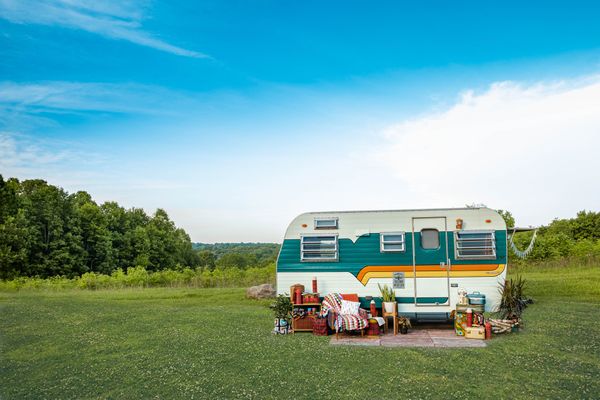Losing the COVID Kilos
I Love...Cake
Raise your hand if this pandemic has been the worst for your waistline. 🙋
You’re stuck at home, your new friend has become your trusted tracky dacks and items which fit nicely not too long ago are now merely taking up space in your wardrobe.
Maybe I need to get out the vacuum seal bags…🤔
Add to that, in winter, motivation to lose weight is as high as the average temperature.
What am I doing for fitness?
With gyms closed, I’m walking around an hour each day, four to five days a week - good for 300 calories each session.
Unfortunately, expenditure has done little when compared to the amount going in.
I hope it’s not only me experiencing this problem.
When you can almost see your own reflection in the paper bag containing your favourite almond croissant, you know something ain’t right and action needs to be taken.
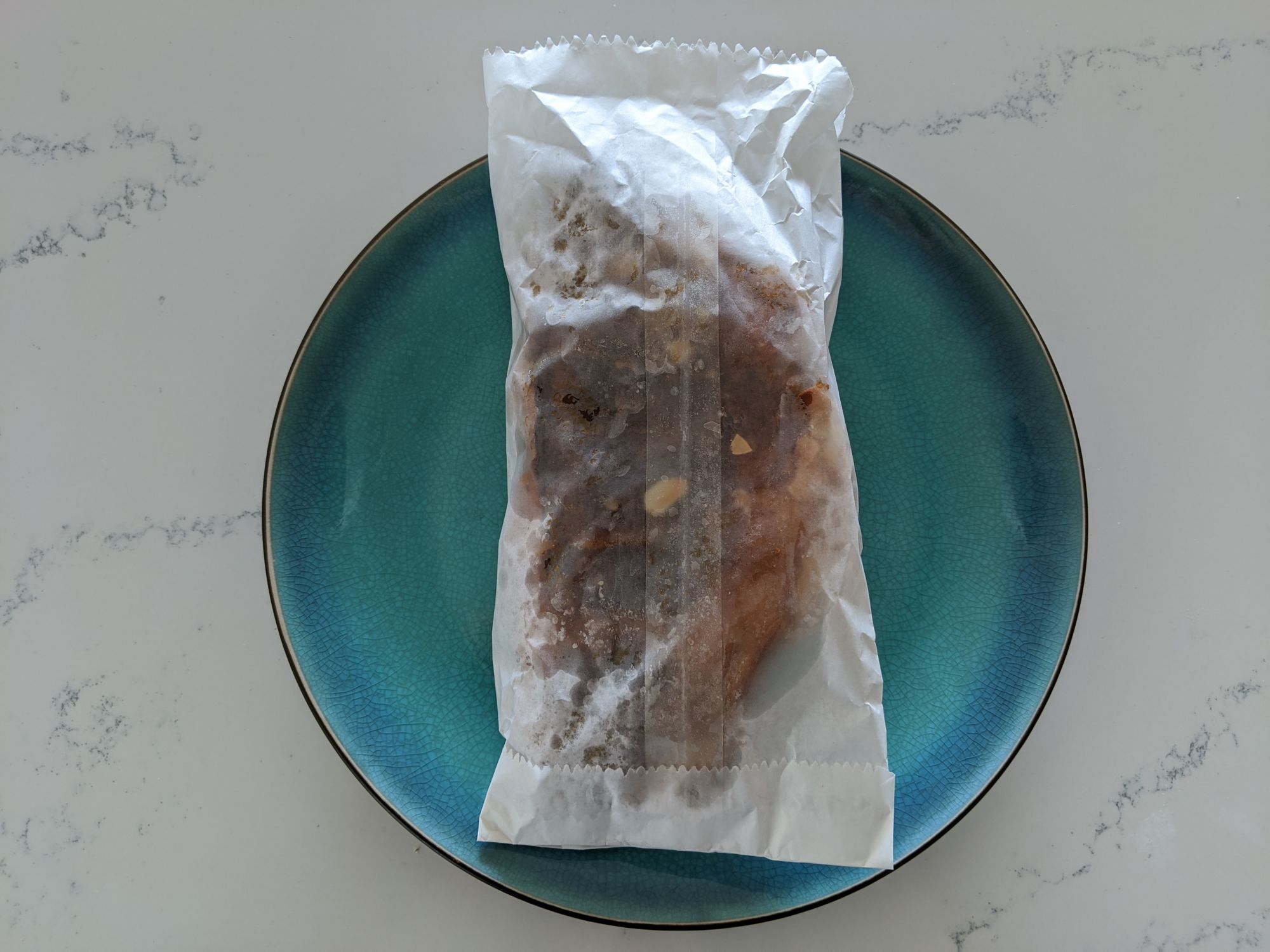
So, this post is a guide and my challenge to you if you’re motivated to make a change, whether that be wanting to fit back into some wardrobe items or simply improving your overall health and lifestyle.
I am not a health professional, and this is only a general guide.
There are many sites that delve into the science of fitness, incorporating methods and devices.
By all means, delve into this as little or as much as you want.
It’s your body we’re talking about, and if you want it to carry you for many years avoiding preventable health scares along the way, start taking care of it now because for some it’s like driving a car without oil. Sooner, rather than later it will fail you.
Understand that what works for me may not work for you. We’re all different and there are many strategies to get to the outcome you’re after. The important thing is that you try, and if that doesn’t work, try something else.
As with any undertaking, be safe, listen to your body, and never lose heart, even when you have a blow-out (with your diet).
Before We Begin
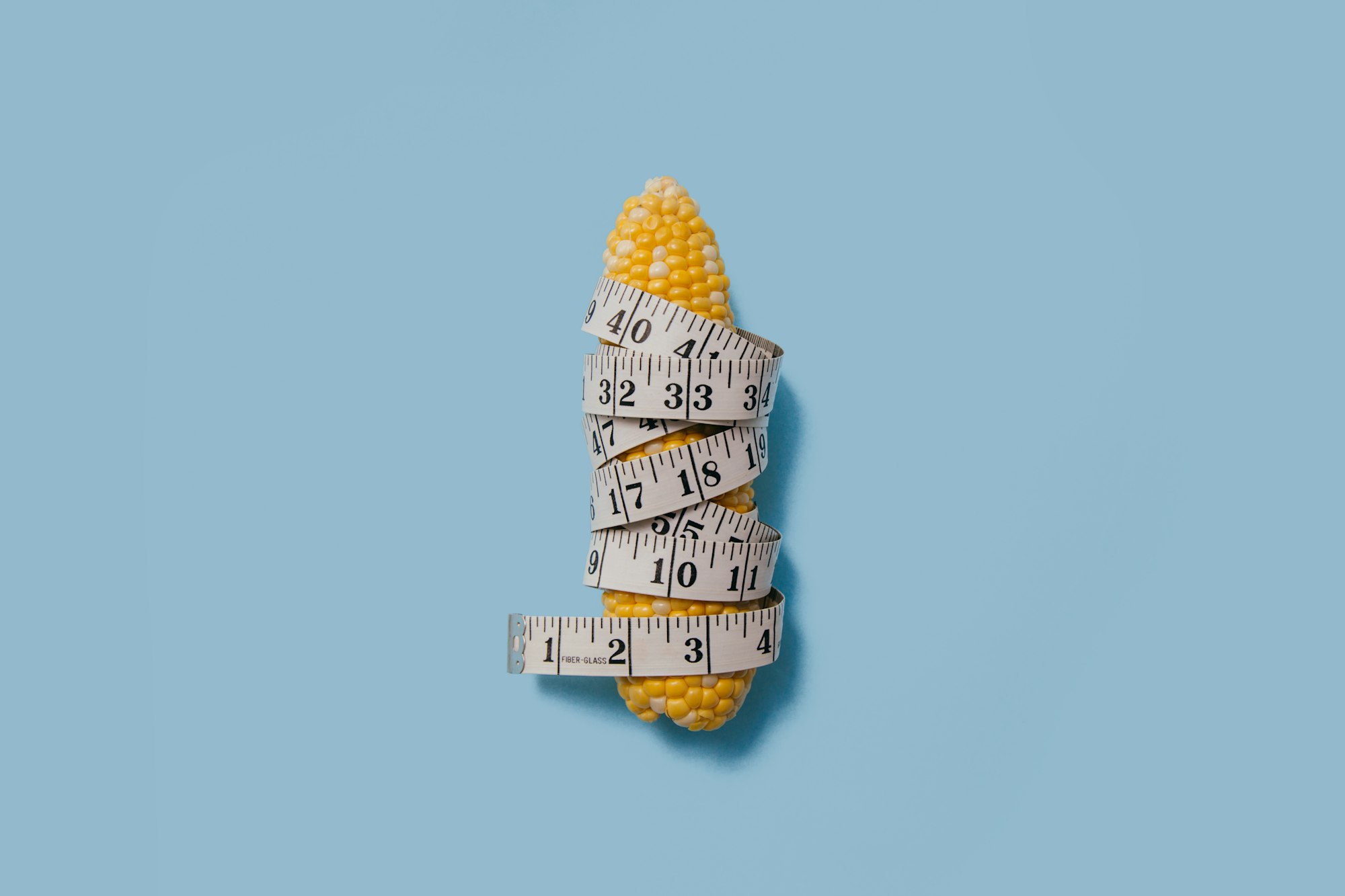
The first thing to do before undertaking anything is to have a plan, which usually means having a goal in mind.
Resources exist and provide guidelines on realistic goal setting.
Remember the acronym ‘SMART’:
- Specific
- Measurable
- Attainable
- Realistic
- Timely
With that considered, the simplest way to measure and track is by using weighing scales. Digital ones are best, and you can find them for around $20 in department stores or online.
When being health-conscious, I weigh myself first thing every day. Fluctuations in your weight occur as carbs or a high salt intake causes you to hold more water.
For this reason, some opt to weigh themselves weekly.
Start with a small goal, like losing 5% of your body weight. You can revise this as you progress.
If you want to lose weight, you must be in a calorie deficit.
As straightforward as that sounds, tracking calories without a tool is like measuring a distance with your eyes. You’ll often be out, and in the case of calories, on the wrong side.
Additionally, it’s easy to miss or overlook things:
- The oil you used in the frying pan
- The slice of birthday cake someone brought into work
- The soft drink you shared with your partner
If you’re not consciously counting calories, they’re easily forgotten, therefore tools should be used if you’re after accuracy.
A book worth reading is Mindless Eating which looks at the psychology of how, why and what you eat, including strategies to have things work in your favour.
In it, the author, Brian Wansink talks about the mindless margin, around 100 - 200 calories you don’t detect in your meals.
Over the course of ten months, these extra daily calories equate to around five kilos (11 lb) in weight.
It is most definitely worth a read if you want to improve your relationship with food.
As Brian says, “The best diet is the one you don’t know you’re on.”
⩕
Here are a few facts to remember:
- 1 calorie (kcal) is the energy required to raise 1 kg of water by 1 degree Celsius
- 1 calorie (kcal) = 4.1868 kilojoules (kJ)
- It takes 7,700 kcal to burn 1 kg of fat
- Therefore, to lose 1 kg in a week you would need to reduce your calorie intake by 1,100 kcal a day
To calculate calories burnt in a day, input your details into a calorie calculator.
The calculator factors in your Basal Metabolic Rate (BMR) - the number of calories your body uses at rest.
Your BMR varies depending on age, sex, height, and weight.
Recognise this number is an approximation as everyone is different, so if calorie counting is new for you, you’ll need to observe your progress for a week or so to establish a baseline based on your diet and habits.
Getting Started
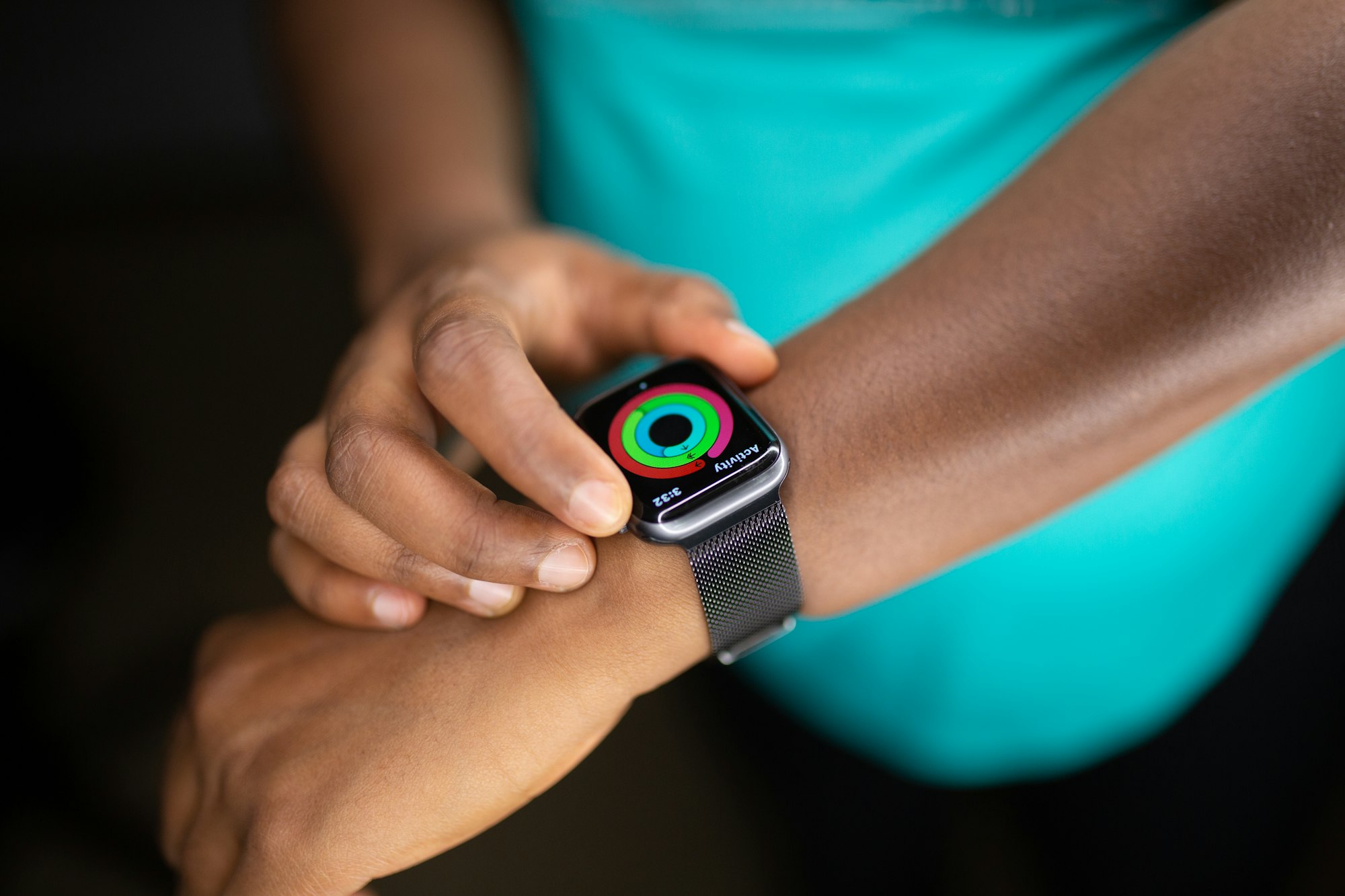
There are apps, books, and websites available to provide you nutritional details of the food you eat, however, MyFitnessPal is the most popular because it has the most comprehensive food database. You scan the product barcode with your phone’s camera to input the food or beverage you’ve ingested.
The app syncs with most fitness trackers, that way the calories you burn in your daily steps, activities, and workouts are accounted for.
Nutritional labels on food differ internationally. There's the:
- North American format
- One used in many countries including uʍop ɹǝpun
Your next consideration will be your macro split; the ratio between protein, fats and carbs.
My split, as a point of reference, is 40% protein, 35% fats and 25% carbs, however, for building muscle, upping carb intake helps increase glycogen stores for greater strength and energy when lifting heavy. Find what ratio works best for you.
For those who don’t use fitness trackers, calories from exercise can be roughly calculated using an online calculator.
You Are What You Eat
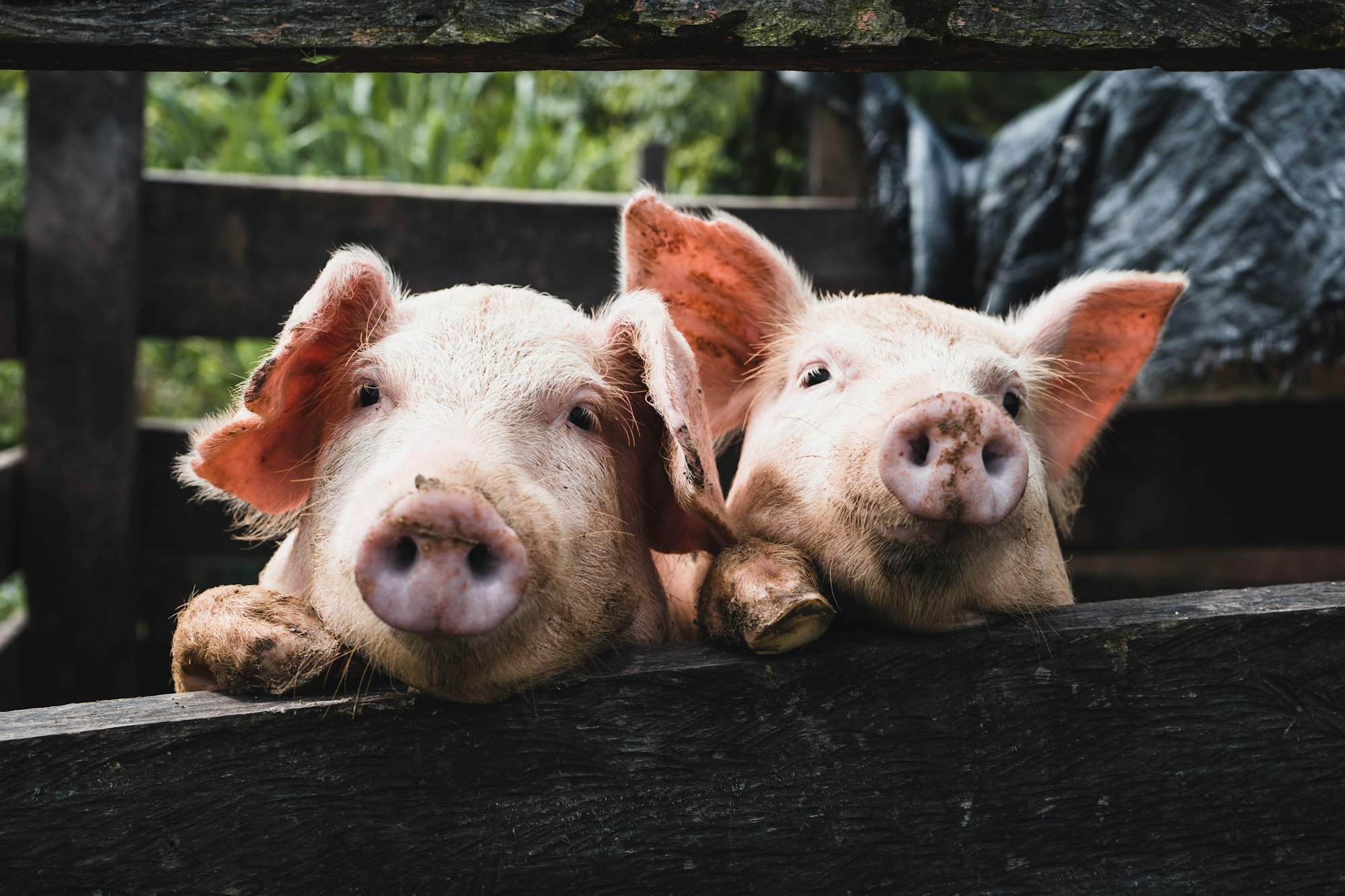
“It's not about perfect. It's about effort. And when you bring that effort every single day, that's where transformation happens.” - Jillian Michaels
Diet.
Just the thought of it sends shivers down your spine.
As the saying goes, weight loss is 90% diet, 10% exercise.
For those of us who struggle with our weight, this is where the battle is won.
And at this point in time, it may seem like a battle, a long road ahead, but armed with the right information and right mindset you can work through this.
So, the next time you crave potato chips, you recognise their nutritional value and make the necessary adjustments to allow for them in your diet.
A rule of thumb when at the grocery is to aim to buy foods with only one ingredient.
These are usually located in the outer ring of the supermarket. Aisles are where all processed foods are located and should be avoided.
If you are looking to improve your kitchen skills, many sites and channels online can assist.
When cutting (losing weight), it’s essential to prepare meals that do not exceed your quotas.
A teaspoon of oil or salad dressing is enough to make the difference.
If you’re not sure what meals to have, many services provide you options and deliver to your door.
Those you prepare and cook yourself are often better options.
Cravings, Cheat Meals and Strategies

Cravings will kick in at some point and giving in can undo all your hard work.
Check out my Pinterest board for cravings charts, food and exercise advice and consider healthy alternatives when they strike.
Cheat meals provide an opportunity to take a break from the strict regime of eating and are beneficial if implemented correctly.
Use them to reward occasionally, but don’t go overboard.
Here are some tips:
- Don’t feel guilty about having one, but make sure it’s just the one and doesn’t blow out into multiple occurrences over the following days. Aim to never have more than one bad meal in a row.
- Plan your diet around the meal. If you know you’re going out for dinner, either fast or eat very lightly during the day and be sure to get your exercise in beforehand.
- If you have a choice of cuisine, choose wisely as some are better than others. Don’t overdo it by going buffet style or ordering the most calorie-dense items on the menu.
⩕
Intermittent fasting and a Ketogenic diet are two strategies that can be implemented.
Keto is a high fat and very low carb diet.
Some people swear by it, however, it’s not for everyone.
Intermittent fasting is an eating pattern where you cycle between periods of eating and fasting. It’s a strategy I’ve used on and off for years with great results.
The notion that breakfast is the most important meal of the day is fabricated bullshit as Johnny Harris attests.
Thomas DeLauer’s breakdown of intermittent fasting is comprehensive and looking at him, you wouldn’t guess he too, dealt with weight problems in the past and overcome them with fasting and Keto strategies.
A popular strategy is the 16/8 - 16 hour fast, 8-hour eating window.
Timings depend between individuals, however an eating window between lunchtime and early evening suits most.
The greater your exposure to fasting, the easier it becomes to extend your fast to eating as little as one meal a day (OMAD).
Keep on Movin’

The benefits of regular exercise are widely recognised. Not only does it contribute to weight loss but reduces the risk of type 2 diabetes and cancers whilst strengthening bones, muscles, and joints.
However, you can do more to increase your overall wellbeing by incorporating incidental exercise, that being other activities or movements which accumulate throughout the day. Examples include:
- Taking the stairs instead of the elevator
- Getting off before your stop or parking your car further away and walking the extra distance
- Standing whilst working
- Exercising whilst watching television
When it comes to exercise, usually the more strenuous or intense it is, the better for you.
The Active Times have listed their fifty best exercises for weight loss.
Find activities which appeal to you and start slowly, especially if it’s been some time since regular exercise.
Delayed Onset Muscle Soreness (DOMS) will be an issue following activity when muscles haven’t been worked for some period.
Don’t let that stop you from persisting with your exercise regime. It’ll lessen and eventually disappear as you strengthen your muscles.
⩕
Group training sessions may occur in a park or area near you.
They’re usually around $20 per session, cater for all fitness levels, and a great way to meet people.
Start with Meetup.com if you’re unfamiliar with what’s available in your area.
And don’t limit your idea of exercise to gym type activities.
Get on a bike, go for a hike, or try something new.
I’ve used Shawn T’s T25 and Cize products – both excellent in implementing different strategies for weight loss.
What’s most important is to find something challenging yet enjoyable for you.
Conclusion
Fitness is a journey, not a destination.
Build good habits.
Don’t purely focus on the end goal.
Hitting it, be it a belt size or weight can result in complacency, bad habits, and lead you right back to where you are right now…or worse.
It’s happened to plenty of us before.
You may screw up at some point, have a blowout and overeat a few thousand calories.
It’s not the end of the world; don’t beat yourself up over it.
Your negative frame of mind will cause more harm than good.
Accept your mistake for what it is and continue where you left off.
As with anything, it’s about having the right attitude and approach.
You’re on this journey till the end and remember, your life depends on it.


